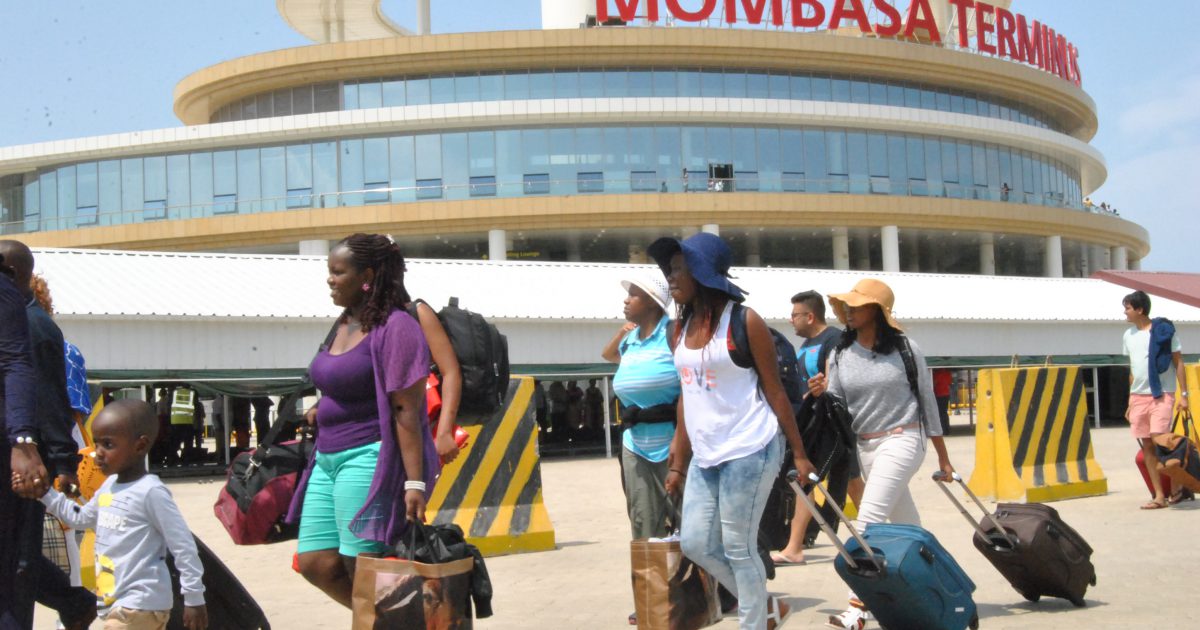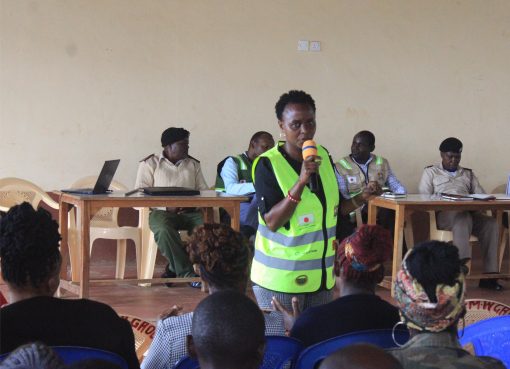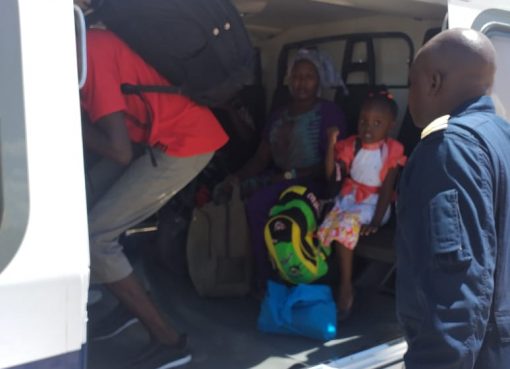Tourism sector players have proposed that 15 per cent of tourism earnings be spent directly and exclusively on marketing Kenya as a destination overseas.
They say the less than five per cent spent on marketing the country was not enough considering the huge amounts of levies and taxes collected from hotels and hospitality establishments.
According to Lake Nakuru National Park Lodge Marketing Manager Joseph Muya, the international markets require a huge spending for digital marketing, advertising on different platforms, being present in different markets and exhibitions and representing Kenya where tourism is being spoken.
Mr Muya observed that Kenya needs to have a dedicated team to sell its potential to conference organisers, adding that there should be an outsourced marketing strategy in place to complement the efforts of the Kenya Tourism Board (KTB).

He indicated that partnerships and networking are critical to spurring tourism growth during the post Covid-19 period.
Mr Muya said the travel trade, agents and buyers should work together to develop, implement and coordinate the national tourism marketing strategy for the benefit of all.
He added that Kenya was becoming a leading business hub, with growing interest from investors because of its cultural diversity, scenery and abundant wildlife.
Mr Muya said Lake Nakuru National Park Lodge was running a series of domestic campaigns to encourage domestic tourism.
The initiative, he noted, is focusing on promoting and marketing known tourist destinations as well as exposing new sites to local tourists.
He said they have decided to go regional in order to tap into the regional local tourism with a view to replicating a similar concept across the continent.
He pointed out that they are now looking beyond the borders and the region is the next destination to market so as to expose it to its locals and other regions in the continent as well.
Mr Muya challenged Kenyans to drop the notion that tourism is only a preserve for the wealthy or those with disposable income and urged firms in the tourism sector to come up with reasonable packages affordable by most Kenyans.
“We have for a long time relied too much on foreigners to build our tourism, it is now our time as locals to spur the growth of our domestic tourism to the next level by playing a major part in that growth,” affirmed Mr Muya.
He, likewise, made a pitch for medical tourism, saying, this can be promoted by “bringing affordable hospitals that are already operating in other parts of the world and localising them in destinations within Kenya. This would help eradicate hurdles investors in the health sector face.”
Sports tourism, Mr Muya stated, must leverage on the success of Kenyan athletes and urged the government to set up modern high-altitude training centres.
While noting that Nairobi is now regarded as among the world’s best destinations for international conferences, Mr Muya indicated that this gives Kenya a chance to not only market itself internationally, but to get much-needed publicity.
“The Meetings, Incentives, Exhibitions, and Conferences (Mice) tourism, though a niche market, is a sensitive industry. We can exploit it because it revolves around service provision to business travelers attending seminars, workshops, conferences, and conventions. It has a higher financial impact because conference travelers spend more than the leisure ones as they are likely to focus on exploration and restoration,” explained the Marketing Manager.
The tourism sector performance report 2021 shows that the industry earnings jumped 65 percent to Sh146.51 billion last year up from Sh88.56 billion in 2020.
Tourist arrivals through airports and border points also increased 53.3 percent to 870,465 from 567,848 over the period. About 26.4 per cent of the visitors, visited for business meetings, conferences and exhibitions.
He observed that despite many challenges, Kenya was still ranked high for its natural and cultural resources and positive business environment.
The Marketing Manager noted “International tourists surged 89.1 per cent to 723,630 in the eight months through August, compared to 382,619 in the same period last year, indicating a continued recovery from the pandemic in the past two years. However, the numbers are way below the over 2.04 million international arrivals registered in 2019, which was regarded as the best year for the sector.”
Mr Muya added “I encourage players in this sector to continuously come up with new and more creative products to complement our traditional “wildlife, sun, and sand” packages, these new packages should include local, regional and international conferences.”
He singled out licensing as a major stumbling block in the industry. He revealed that the many permits needed to run a business were hurting investors.
He cited hotels, which need more than 23 different licenses to operate, yet the permits can easily be consolidated.
Mr Muya also called for modernisation of the Kenya Utalii College to bring it to par with global standards, and the opening of satellite campuses in Kisumu, Eldoret, Nakuru and Meru.
He further urged the government to set up a trust to raise funds for conservation instead of depending on park fees.Many philanthropists, he added, would readily contribute to it.
“We should also reserve two or three board seats for international organisations such as National Geographic and the World Wildlife Fund to promote confidence in the donors contributing to the trust,” he said.
The initiative, Mr Muya added, would serve as a stopgap measure when tourist numbers drop.
He canvassed for the setting up of modern Mice centres in Mombasa, Kisumu, Nakuru and Eldoret.
Nakuru County Tourism Association Chairman David Mwangi noted that tourism and hospitality marketing agencies at both counties and national level have over the years focused too much on wildlife and beach products, neglecting cultural attractions and conference facilities, which have traditionally relied on fragmented promotions by the proprietors.
He hailed the Kenya Tourism Board (KTB) for scaling up its campaign to market non wildlife tourism products towards boosting earnings in the sector that took a severe beating from the Covid-19 pandemic.
Mr Mwangi stated that most local and foreign tourists only know of the generic attractions like the Maasai Mara and Mombasa. This, he noted, has not only put a strain on the facilities and capacity but has also left the tourism industry largely dependent on a few attractions.
“KTB has been looking to grow domestic tourism using the “You deserve a holiday” campaign to get the residents excited about the various destinations that their country has to offer. There are many Kenyans who are interested in travel but lack sufficient information,” he said.
The state body which aims to drive and support the effective marketing of Kenya’s tourism products also runs the Magical Kenya website. It is on this website that in addition to showcasing Kenyan tourist destinations, it also lists discounted packages for local residents.
“You deserve a holiday” campaign also covers all destinations in Kenya that offer rock climbing, bird watching, golf tourism, adventure sports, leisure tourism and wildlife tourism.
Mr Mwangi observed that apart from bullfighting, Kakamega Forest and Mt Elgon, are among major tourist attractions in Western Kenya.
By Jane Ngugi and Dennis Rasto





